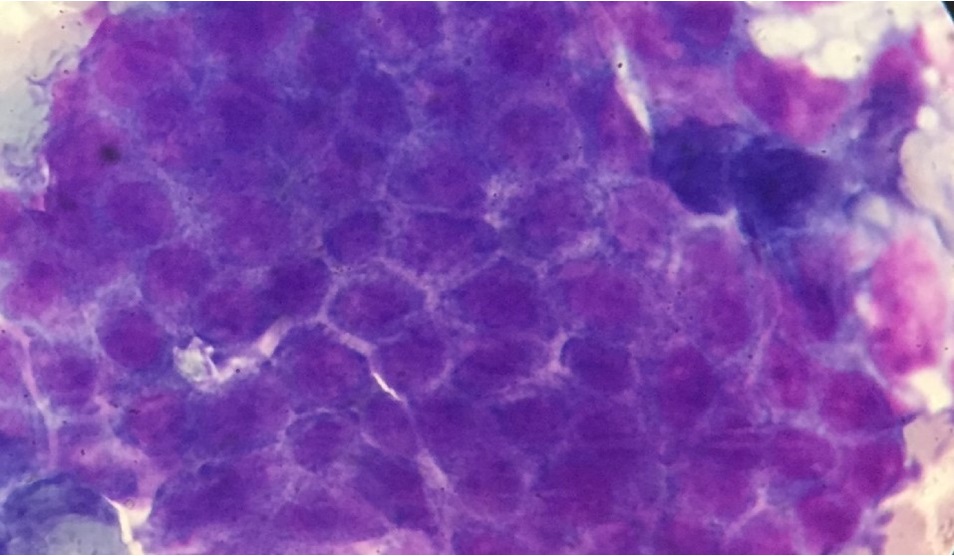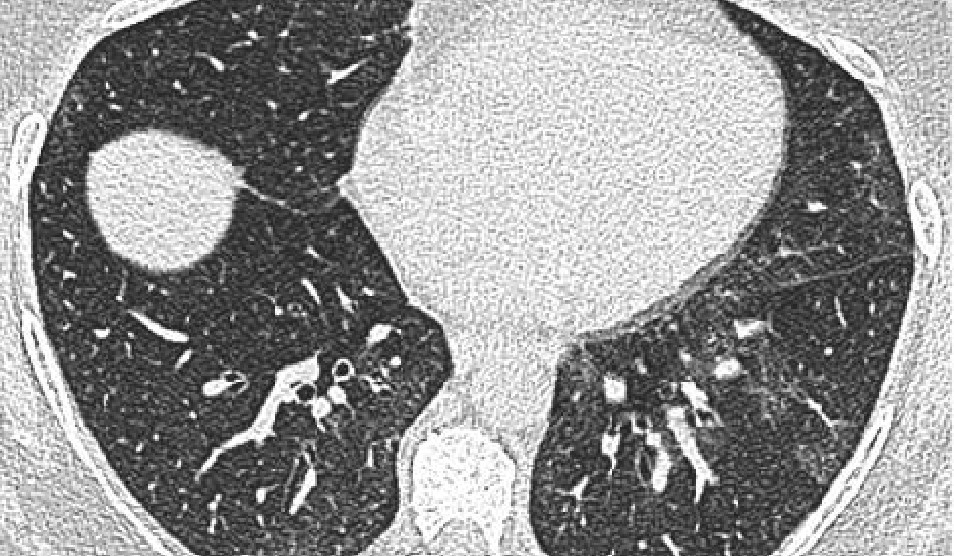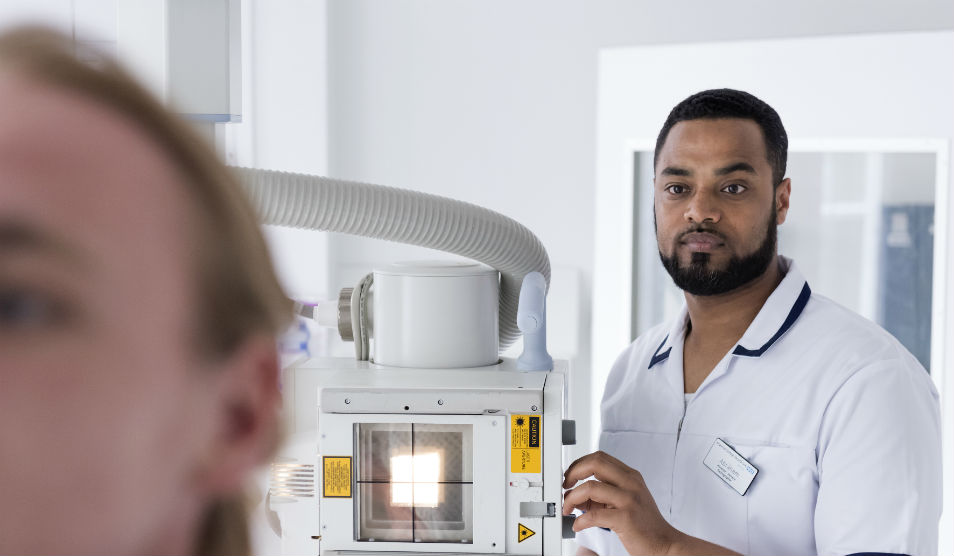Holograms transform training for Trust radiologists
A newly developed medical simulation using interactive ‘holograms’ is allowing radiology trainees at Imperial College Healthcare NHS Trust to learn clinical skills using mixed reality.
Computed tomography (CT) guided interventions, which use CT images to help radiologists perform clinical procedures, are taught across the world, mostly using a traditional mentored approach on real patients. As the number of procedures grows and complexity increases there is a need for new approaches to teach and train medical practitioners.
The pioneering training session involved junior trainees from multiple centres in London, including Imperial College Healthcare. During the course, trainees practised image-guided needle biopsy through mixed reality simulations – a combination of ‘real’ and ‘virtual’ elements.
The simulation was developed by a team of experts from Imperial College London, and is a pioneering example of using the Microsoft HoloLens2 for medical training.
Dr Mohamad Hamady, consultant clinical and interventional radiologist at the Trust and part of the team who developed the technology, said: “The field of interventional radiology is expanding in terms of the number of procedures and complexity, yet at the same time there is a significant shortage of skilled practitioners. This technology will provide trainees with the required highly technical skills in a safe and realistic environment.
“By building the simulation in mixed reality it not only allows for accurate imaging placement, but also for crucial tactile feedback. It’s constructed from real patient X-rays and they are using real needles. They use the HoloLens2 to help them advance the needles towards the targets.”
The trial builds on the previous mixed reality breakthroughs by Dr Philip Pratt and Dr Dimitri Amiras. The team have previously helped surgeons to 'see through' tissue to reconnect blood vessels during plastic and reconstructive surgery.
Dr Amiras, who is also a musculoskeletal consultant radiologist at the Trust said: “This app really demonstrates the potential of mixed reality to provide high fidelity experience at the fraction of the cost of traditional methods. As technology improves this will not only change the way we train but also the way in which we perform procedures.”
Alongside the trial the team is carrying out a study into possible new applications for this technology. Professor Hamady said: “The initial feedback we are getting from our trainees and trainers is very encouraging. As the next step we want to translate this approach to other areas, such as the ablation of tumours in the field of interventional oncology. This technology will open the door to offer this learning method to trainees not only in London but beyond.”





